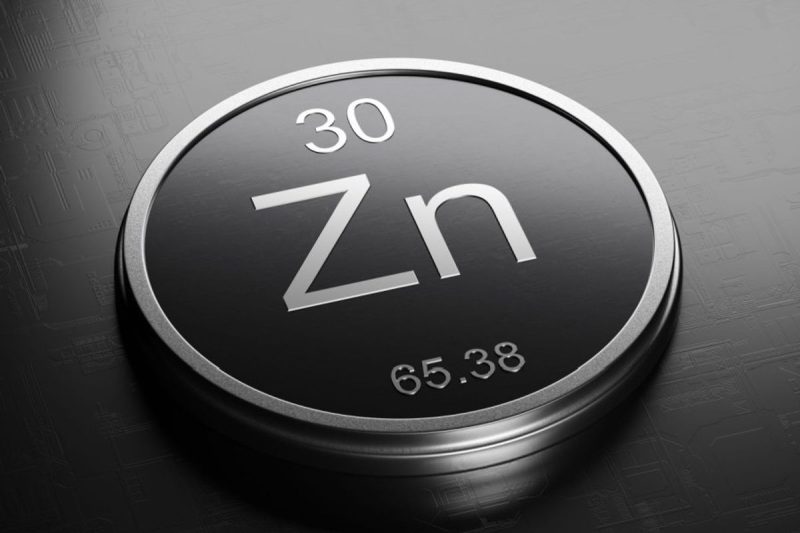
Understanding the Zinc Spot Price and Zinc Futures (Updated 2023)
The zinc market has faced volatility in recent years, with the metal seeing new all-time highs as well as lower levels.
The underdog of the base metals family is appealing in large part because its fundamentals remain strong, with many analysts optimistic about the long-term outlook for zinc.
With that in mind, it’s worthwhile for investors interested in zinc to understand how zinc pricing works. Here’s a brief overview of what market participants need to know about the zinc spot price and zinc futures.
What is the zinc spot price?
The spot price is defined as the market price at which an asset is bought or sold for immediate payment and delivery.
Basically, the zinc spot price is the current price for which zinc is being bought and sold. Investors looking for that information often turn to Kitco, which publishes a 24 hour zinc spot price chart, as well as 30 day, 60 day, six month, one year and five year zinc spot price charts. These charts are a great resource for current and historical data on the price of zinc and its spot market.
The London Metal Exchange (LME) is also a good source for the zinc spot price, but unlike Kitco, the LME publishes zinc spot price information in US dollars per metric ton, not US dollars per pound. It’s worth noting that some of the LME’s zinc market details are only accessible to those who log in to the site.
What are zinc futures?
An understanding of the zinc spot price can help investors make better plays in zinc futures, which are derivative instruments that allow traders to make leveraged bets on zinc prices.
A derivative is a contract whose value is derived from the performance of an underlying entity. Examples of derivatives include forwards, options and, of course, futures, which let buyers commit to buying an asset in the future at a specific, agreed-upon price. This method is desirable because it allows investors to reduce risk.
The key concept to understand is that the spot price of a security refers to its current price, while the futures price of a security refers to its price at a future date. The two are connected because spot prices, along with the risk-free rate and the contract’s time to maturity, are used to set futures prices. Both the LME and the COMEX are good trading platforms for investors interested in zinc futures.
Investor takeaway
While macroeconomic concerns may weigh on zinc demand in the immediate term, analysts are seeing supply-side weakness emerging that will continue to support prices as demand improves. Understanding the zinc spot price and zinc futures can be beneficial for investors interested in making plays in a rebounding zinc market.
Securities Disclosure: I, Melissa Pistilli, hold no direct investment interest in any company mentioned in this article.
